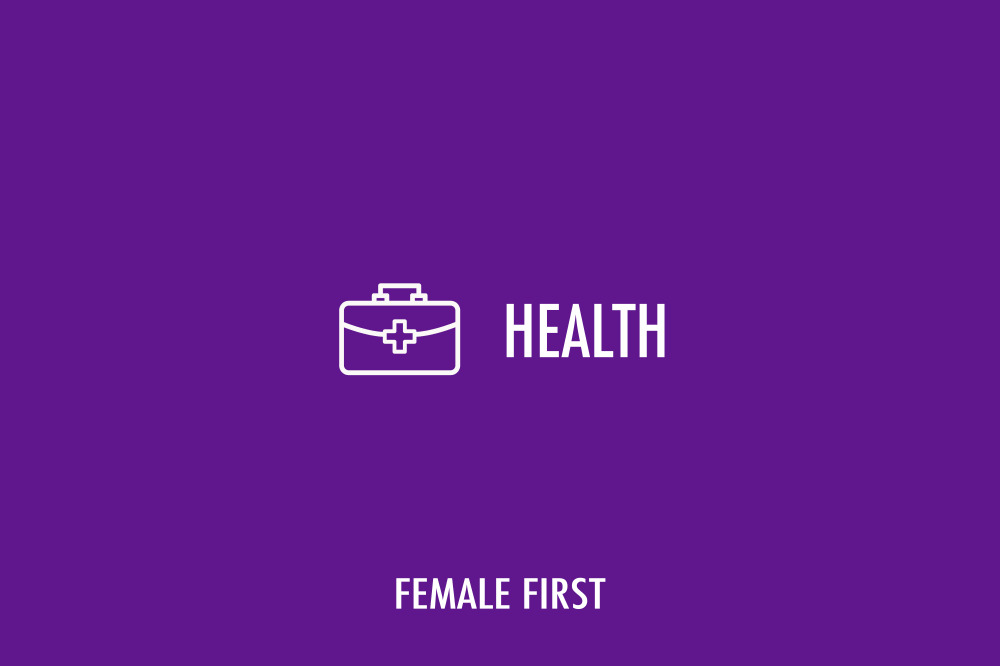Painful periods are common for women, and while, for some, pain does not interfere with daily life, many experience pain so intense that they struggle with their normal activities for several days, and leaves them unable to work or even leave the house.

Health on Female First
Menstrual cramps affect more than an estimated 50% of women, and among these, up to 15% would describe their menstrual cramps as severe.
Period pain is caused by contractions in the musculature of the uterus. The contractions are caused by the release of the body’s prostaglandins, which are hormones produced by the lining of the womb. This produces an interrelated cycle of cramp like pain, bleeding and uterine contractions. There are two types of painful periods:
Primary dysmenorrhoea
This is pain that isn't caused by a specific condition. It's most common in the first year after your periods start. For most women, the symptoms of primary dysmenorrhoea get better as they get older, or after they have children.
Secondary dysmenorrhoea
This is pain caused by a specific condition, such as endometriosis or fibroids. Secondary dysmenorrhoea usually affects women between the ages of 30 and 45.
Painful cramps is the leading cause of lost time from work among women in the 20s and 10% of women are temporarily disabled by symptoms.
Find out how you can help ease the pain.
Leading a healthy lifestyle can help with period pain so try daily exercise, plenty of sleep and avoid stress. You can also try over-the-counter pain killers, such as Nuromol (combination of ibuprofen and paracetamol) to help with pain.
Tagged in Women's Health

